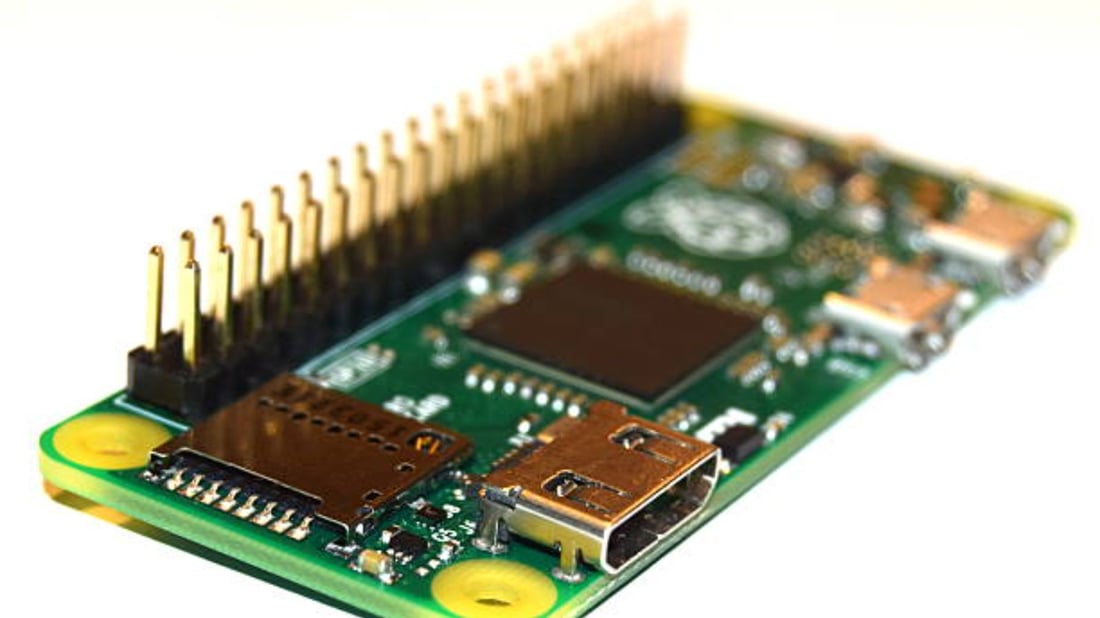Introduction
When it comes to selecting a metal for a heat sink, there are several important factors to consider. The material used plays a crucial role in determining the effectiveness of a heat sink in dissipating heat. In this article, we will explore the best metals for heat sinks based on their thermal conductivity, cost, and other important properties.
Thermal Conductivity
Thermal conductivity is a key factor to consider when choosing the best metal for a heat sink. Metals with high thermal conductivity can efficiently transfer heat away from the source, while those with low thermal conductivity may struggle to dissipate heat effectively. Copper is one of the top choices for heat sink materials due to its excellent thermal conductivity of around 400 W/mK.
Cost-Effectiveness
While copper may offer superior thermal conductivity, it can be a relatively expensive option for heat sinks. Aluminum, on the other hand, is a more cost-effective alternative with good thermal conductivity (around 200 W/mK). Aluminum heat sinks are commonly used in consumer electronics due to their affordability and adequate heat dissipation capabilities.
Corrosion Resistance
Another important consideration when selecting a metal for a heat sink is its corrosion resistance. Stainless steel is a popular choice for environments where corrosion is a concern, as it offers good resistance to rust and other forms of degradation. However, stainless steel has lower thermal conductivity compared to copper and aluminum.
Lightweight Materials
In some applications, the weight of a heat sink may be a crucial factor to consider. Lightweight materials such as aluminum and magnesium alloys are preferred in industries where weight reduction is essential. These materials offer a good balance between thermal conductivity and weight, making them suitable for heat sink applications in aerospace and automotive sectors.
Compatibility with Manufacturing Processes
Certain metals may be more compatible with specific manufacturing processes, such as extrusion or die casting. Aluminum is a versatile material that can be easily extruded into complex shapes for customized heat sink designs. Copper, on the other hand, is more challenging to work with due to its higher density and greater difficulty in processing.
Electrical Conductivity
In electronics applications, the electrical conductivity of the heat sink material is an important consideration to prevent interference with sensitive components. Aluminum is a popular choice for heat sinks in electronic devices, as it offers good electrical conductivity while also dissipating heat effectively. Copper, despite its superior thermal conductivity, has higher electrical conductivity and may not be suitable for all applications.
Heat Sink Fin Design
The design of the heat sink fins plays a crucial role in optimizing heat dissipation. Materials such as copper and aluminum are commonly used for constructing heat sink fins due to their favorable thermal properties. The shape, size, and spacing of the fins also impact the overall performance of the heat sink in dissipating heat efficiently.
Environmental Impact
In today's environmentally conscious world, the impact of materials used in heat sinks on the environment is a growing concern. Sustainable materials such as recycled aluminum or copper alloys are becoming increasingly popular choices for heat sink manufacturing. These materials not only offer good thermal properties but also contribute to reducing the environmental footprint of electronic devices.
Conclusion
In conclusion, the best metal for a heat sink depends on a variety of factors including thermal conductivity, cost, corrosion resistance, weight, and compatibility with manufacturing processes. Copper, aluminum, and stainless steel are among the top choices for heat sink materials, each offering unique advantages and considerations based on specific application requirements.
Quote Inquiry
Contact us!

